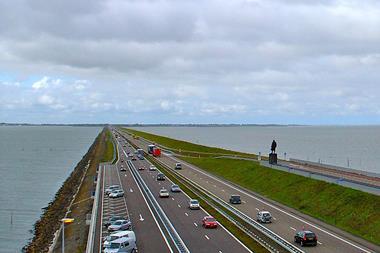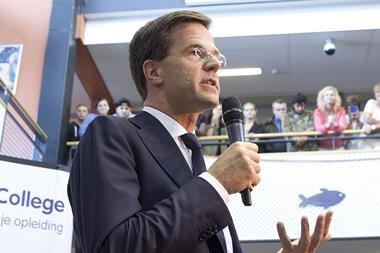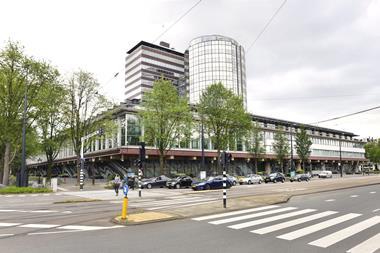Three quarters of Dutch pension funds have been lagging behind their expected funding recovery plans since 2015, according to regulator De Nederlandsche Bank (DNB).
In an evaluation of the recovery plans of 143 underfunded schemes, DNB found that, on balance, their coverage ratios had barely improved during that period.
Dutch pension scheme recovery plans are updated annually and must show how schemes expect to reach the required funding level of 125%. Almost all schemes expect to improve without having to apply cuts to benefits, and aim for surplus returns.
DNB found that pension funds assumed they would achieve annual results of 4.3-5.1%.
If they were to achieve these goals, their funding levels would improve to almost 127% on average, according to the supervisor.
However, other factors, such as insufficient contributions and the payment of index-linked uplifts, were a drag on performance relative to scheme recovery plans.
Although DNB has previously urged pension funds to increase contributions, it cannot enforce this under current rules.
Pension funds are allowed to smooth out their contributions over several years while taking expected returns into account.
Benefit cuts imminent for trio of schemes

Three pension funds – with 2m participants and pensioners in total – faced having to cut benefits next year, DNB said, as their coverage ratio had been short of the minimum required level of 104.2% for five consecutive years.
These included the metal and engineering sector pension funds PMT, which runs €77bn of assets, and PME (€50bn).
DNB said that three other schemes, with 7.7m members and pensioners in total, could be forced to reduce payments in 2021 if their coverage ratios were still insufficient at the end of 2020.
Unavoidable cuts can be spread out over a 10-year period under Dutch rules.
Common features of underfunded pension funds, according to DNB, included contributions that covered no more than 75% of liabilities, and a low interest rate hedging position. The average level of interest rate hedge across the schemes analysed by DNB was 31% of liabilities.
Poorly funded schemes also had a relatively high exposure to listed equities (57% on average), according to the supervisor – including, for example, the €431bn civil service scheme ABP, the largest pension fund in the Netherlands.
According to DNB, the opposite was the case for well-funded pension funds, which were often company schemes. Their contribution levels covered 108% of liabilities on average, while their interest hedges averaged 72% and equity allocation averaged 38%.
However, this could also be down to these schemes’ high funding levels, as well-funded pension funds tended to reduce investment risks.












No comments yet